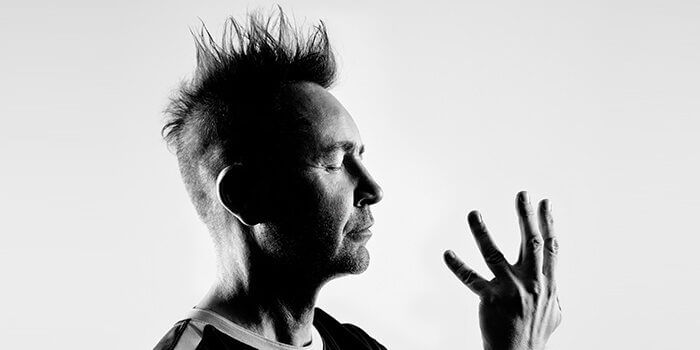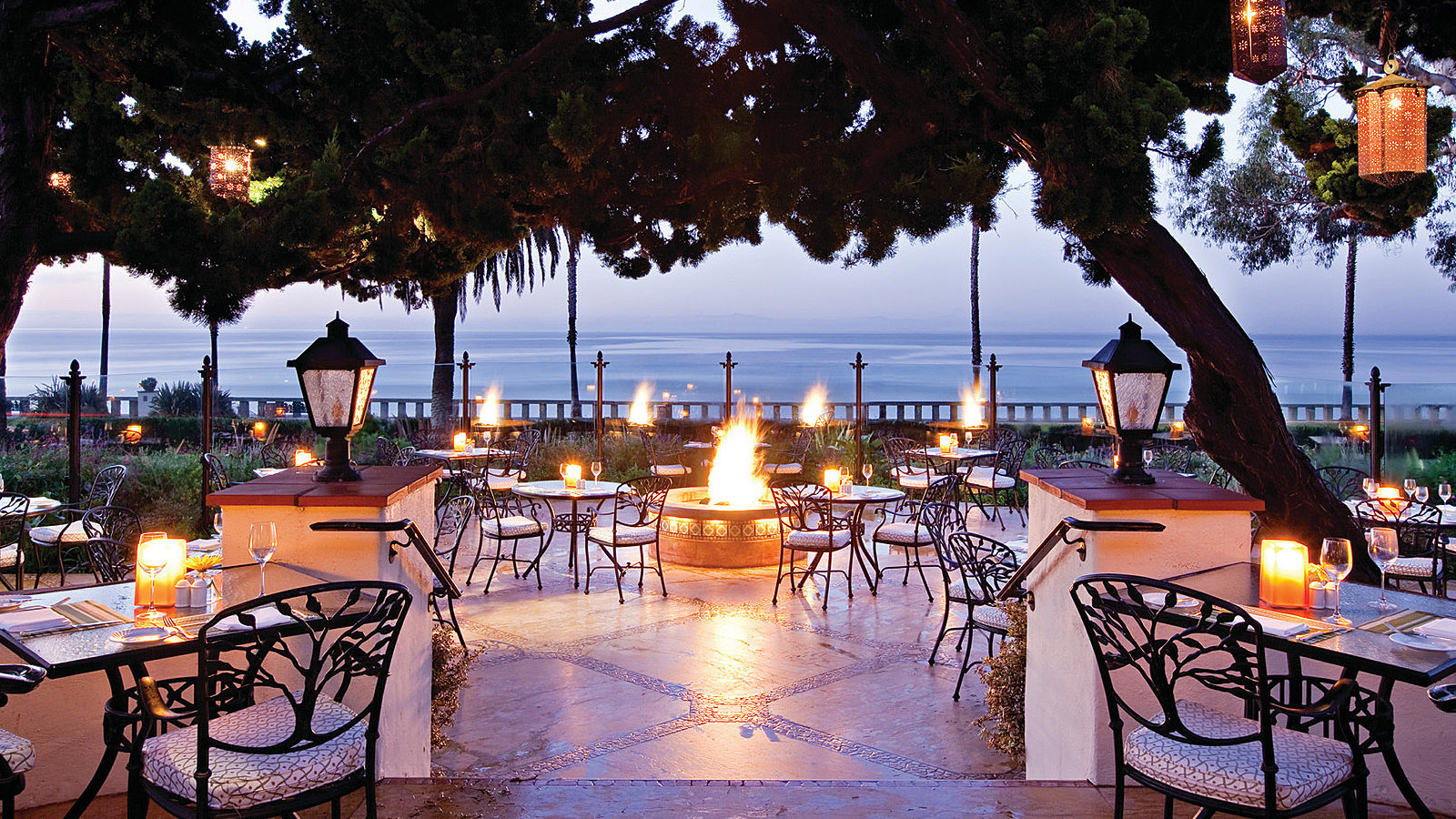Italian Composer Of The Four Seasons
- Italian Composer Of The Four Seasons Band
- Italian Composer Of The Four Seasons Song
- Italian Composer Of The Four Seasons Songs
The Four Seasons (in Italian: Le Quattro Stagioni) by Antonio Vivaldi, Italian composer and violinist, is a group of four concertos for violin solo concertante and chamber orchestra.
The four concerts of The Four Seasons have been composed with a careful study of the tones: “Spring” has the brightness of the E major; the G minor describes the sweetness and the melancholy of “Summer”; the F major (“Autumn”) creates a rustic and crepuscular atmosphere, while the desolation of the F minor effectively describes “Winter”.
‘The Four Seasons’ or ‘Le quattro stagioni’ was published in 1725 by composer Antonio Vivaldi, a musician, composer and ordained priest who lived from 1678- 1741. He was an 18th-century, Italian composer and violinist who lived in the Baroque era. Vivaldi impacted the style at. Composer: Vivaldi. Antonio Vivaldi, Italian Baroque composer of 'The Four Seasons'.
Other characteristics of Vivaldi's composition are the use of particular executive techniques, such as the use of high notes (to recall the birds in “Spring”) or the reduction of the accompaniment to a single long-lasting note, which recalls a great breath, a sense of expectation that anticipates a meteorological phenomenon. Furthermore, the plucked strings of violins, in “Winter”, remind us of the rain falling outside our homes.
Each concerto is preceded by an accompanying sonnet in Italian that describes the characteristics of each season.
- The Four Seasons is a set of four violin concertos by Italian composer Antonio Vivaldi. A concerto is a work in several movements for a solo instrument accompanied by an orchestra. Composed in 1723, The Four Seasons is Vivaldi's best-known work, and is among the most popular pieces of Baroque (late 17th to early 18th centuries) music.Each concerto is named after one of the seasons.
- Antonio Vivaldi, Italian Baroque composer of 'The Four Seasons'.
The Opera was an instant success throughout Europe, bringing worldwide fame to the Italian composer.
Antonio Vivaldi was also a priest, and was often called 'Il Prete Rosso' (The Red Priest) for the color of his hair.
Italian Composer Of The Four Seasons Band

Italian Composer Of The Four Seasons Song

One of the most widespread fabrication of history about the artist is his alleged bad habit of interrupting the celebration of the Mass to run to the sacristy and write the musical themes that came to his mind. Actually Vivaldi suffered from a disease similar to asthma which forced him to take breaks during the celebration of the Mass.
Italian Composer Of The Four Seasons Songs
Vivaldi 's rhythm for La…show more content…
The steady beat is recognizable it is also not too fast and the tempo speed is medium, but when it comes to the violin solo it speeds up. The melody is in the major scale, also the composition has a wide pitch range; while the pitch sequence is as almost the same for the rest of the composition, but it changed when it comes to the solos. The direction in movement goes up stay the same then go back up then go down again with the main idea in the melody. The harmony is polyphonic it has more than one idea when there was a solo it was accompanied by another violin providing it with some harmony. There was not a lot dissonance there was a little with the violin duet but for the most part a lot consonance. The main idea repeated itself throughout the composition. For Mozart 's third movement of Eine Kleine Nachtmusik, the rhythm is a slow gliding motion and the Steady Beat is also slow, but recognizable. The tempo is moderately slow during the developments but was brick or allegro when the main idea was reintroduced. There was some Accelerando and Ritardando when the themes were being introduced, but there were no
